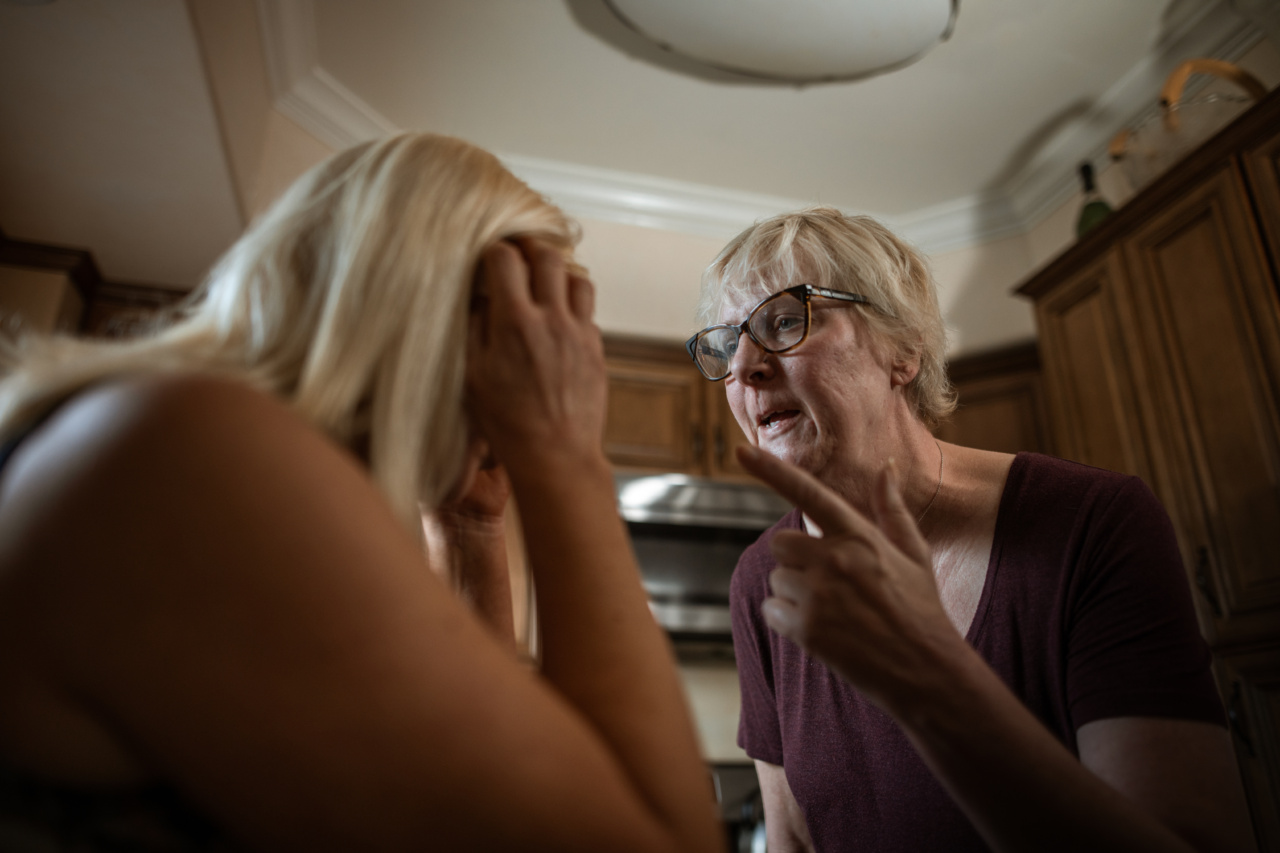Abuse within families is a complex and deeply troubling issue that affects millions of individuals around the world.
The cycle of abuse, also known as the cycle of violence, refers to the pattern of abusive behavior that perpetuates itself from one generation to the next. This destructive cycle can have profound and lasting effects on all members of the family, perpetuating a cycle of pain and suffering.
Understanding the cycle of abuse is crucial in order to break free from its grip and create a healthier and safer environment for future generations. In this article, we will explore the different stages of the cycle of abuse and discuss strategies for breaking this harmful pattern.
Stage 1: Tension building
The cycle of abuse typically begins with a phase of increasing tension within the family.
During this phase, the abuser’s controlling and manipulative behavior becomes more prominent, leading to a rise in stress and anxiety for both the abuser and the victim. The victim may feel like they are constantly walking on eggshells, trying to avoid triggering the abuser’s anger or aggression.
This period of tension and fear creates an oppressive atmosphere within the family, setting the stage for the next stage of the cycle.
Stage 2: Incident or outbreak of abuse
In this stage, the accumulated tension within the family reaches its breaking point, leading to an incident or outbreak of abuse. This can take various forms, including physical, emotional, or sexual abuse.
The abuser may lose control and unleash their anger and frustration onto the victim, causing physical harm or emotional trauma. It is important to note that not all abusive relationships escalate to physical violence, as emotional and psychological abuse can be equally damaging.
Stage 3: Reconciliation and apologies
Following the incident of abuse, the abuser often feels a sense of guilt or remorse. In this stage, they may apologize, promise to change, and beg for forgiveness.
They may also attempt to minimize the severity of their actions or shift the blame onto the victim. The victim, longing for love and validation, may be inclined to believe these apologies and hope for a brighter future. This stage often creates a sense of temporary peace and relief, as both the abuser and victim yearn for a return to normalcy.
Stage 4: Calm and honeymoon period
In the aftermath of the reconciliation phase, a period of calm and honeymoon often ensues. The abuser may temporarily change their behavior, becoming loving, caring, and attentive towards the victim.
This period can be deceptive, as the victim may believe that the abuse was an isolated incident and that their partner has truly changed. The abuser may use this time to reinforce their control and manipulate the victim into believing that things will remain better if they adhere to certain conditions or expectations.
Stage 5: Escalation and tension building
Unfortunately, the calm and honeymoon period is often short-lived. As time passes, the tension within the family begins to build again, and the cycle of abuse repeats itself.
The abuser may find new reasons to become angry or frustrated, and the victim may inadvertently trigger their partner’s explosive behavior. This return to tension and fear marks the beginning of another cycle of abuse, perpetuating the harmful pattern.
Breaking the cycle of abuse
Breaking the cycle of abuse within families is a difficult and complex process, but it is not impossible. Here are some strategies that can help individuals and families escape the cycle:.
1. Seek professional help
Therapy and counseling can provide a safe space for victims to heal and for families to learn healthier ways of relating to one another.
A qualified therapist can help individuals understand the dynamics of abuse and develop strategies for breaking free from the cycle.
2. Establish boundaries
Setting and enforcing clear boundaries is essential in breaking the cycle of abuse. Victims should prioritize their physical and emotional well-being and establish limits on what they are willing to tolerate.
Learning to say “no” and advocating for oneself is crucial in building self-respect and creating a healthier environment.
3. Build a support system
Having a strong support system of friends, family, or support groups is fundamental in breaking the cycle of abuse.
Surrounding oneself with compassionate and understanding individuals can provide the necessary encouragement and validation to take steps towards healing and breaking free from the cycle of abuse.
4. Educate and empower
Education is key in breaking the cycle of abuse. By educating oneself about healthy relationships, consent, and the signs of abuse, individuals can empower themselves with knowledge and make informed decisions about their own well-being.
Educating children and young adults about healthy boundaries and relationships can also help prevent the perpetuation of abuse.
5. Report and seek legal assistance
In cases of physical or sexual abuse, reporting the abuse to the authorities is crucial to ensure the safety of oneself and others.
Seeking legal assistance can provide protection and help victims navigate the legal system to hold the abuser accountable for their actions.
6. Break the silence
Breaking the silence surrounding abuse is a powerful step towards breaking the cycle.
Speaking up about one’s experiences can help remove the stigma associated with abuse, encourage others to seek help, and raise awareness about the prevalence and impact of abuse within families.
Conclusion
The cycle of abuse in families is a deeply distressing issue that affects countless individuals worldwide.
Understanding the stages of the cycle of abuse and implementing strategies to break free from its grip are vital in creating a healthier and safer future for families. By seeking help, establishing boundaries, building support networks, educating oneself, reporting abuse, and breaking the silence, it is possible to break the cycle of abuse and create a brighter future for generations to come.





























